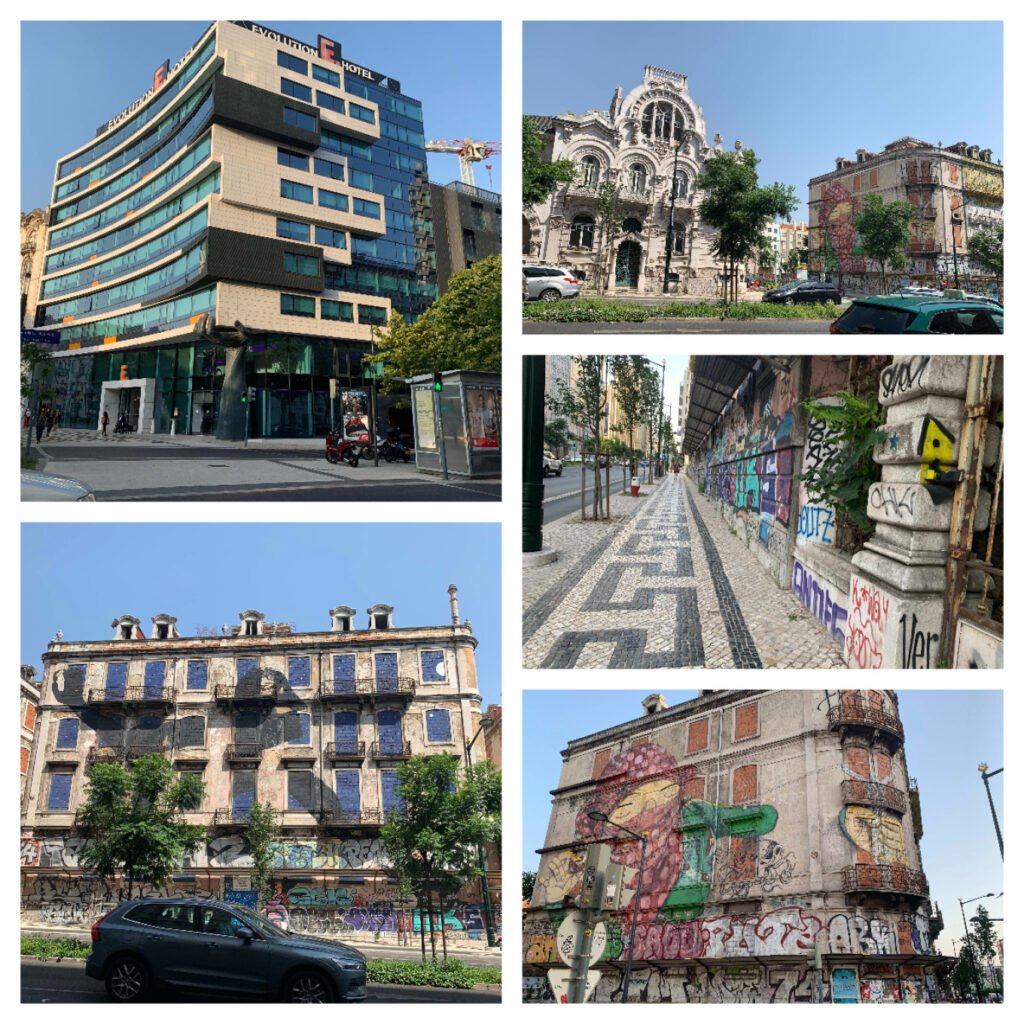
In Lisbon’s city center, check out the graffiti near the hotel.
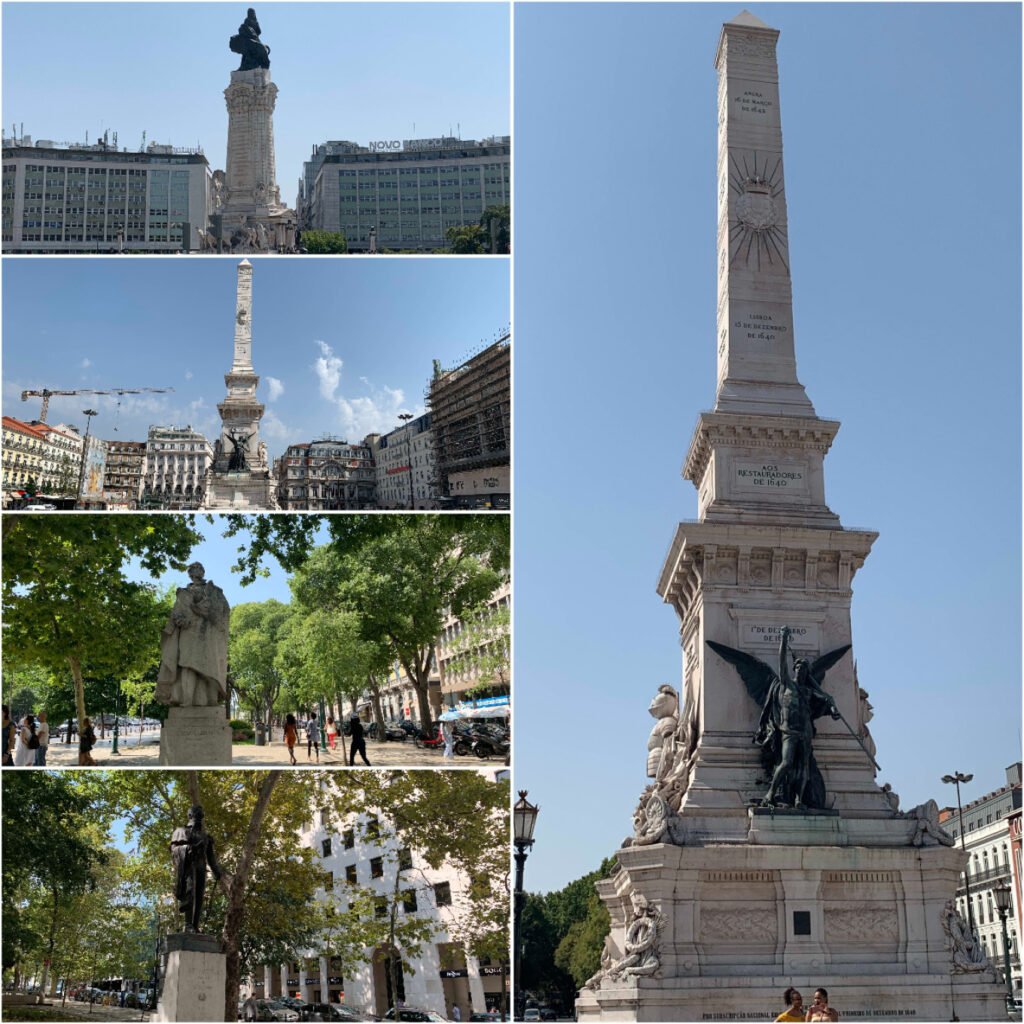
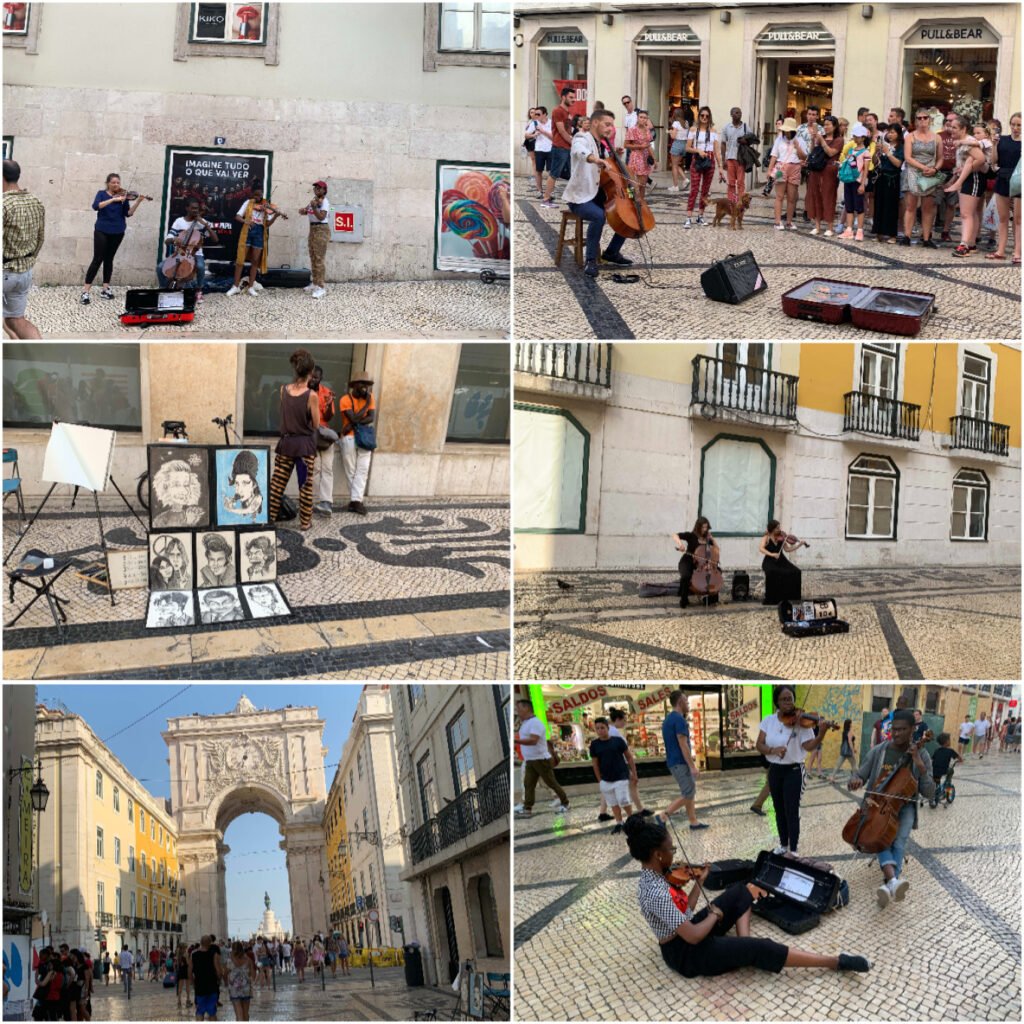
Walk through the Arc de Triomphe in Commerce Square and you’ll hit Augusta Street. We had dinner at the restaurants by the square almost every night, so we walked this street countless times. Each time, there was a mix of music performances, dancing, painting, and food. But the standout for me was definitely the talent of the guy in the pic below!
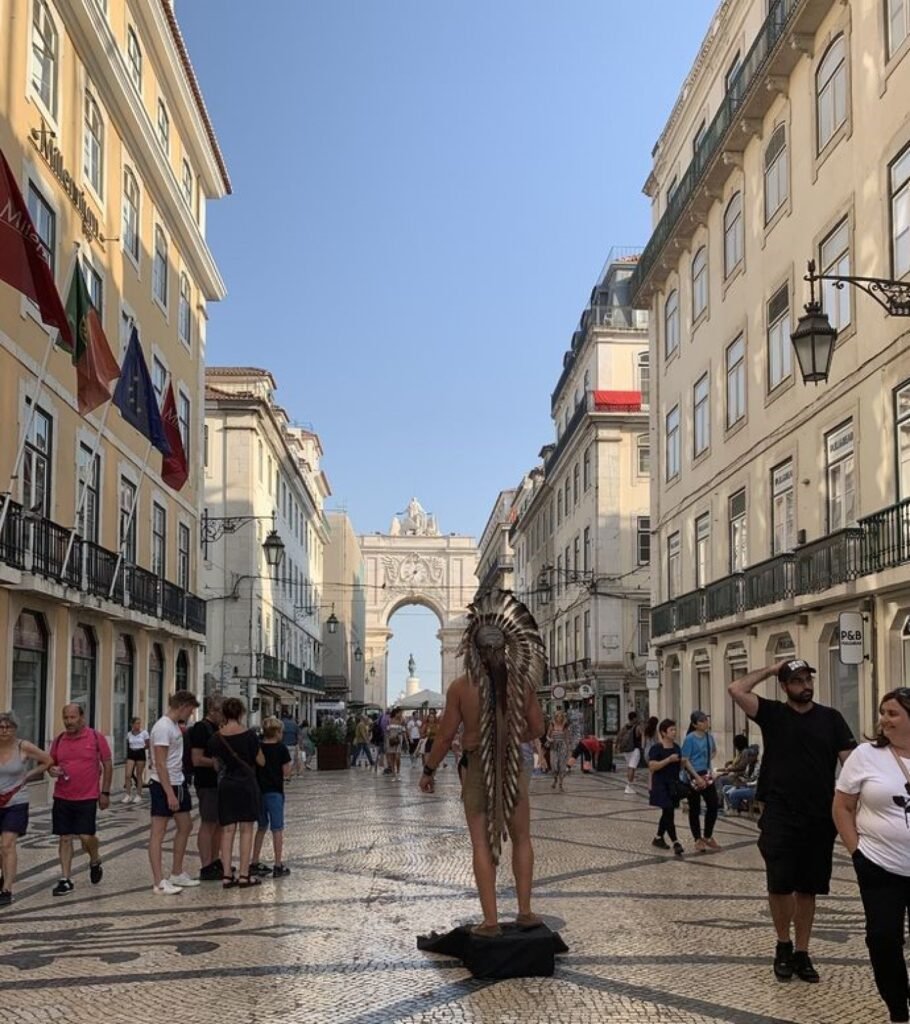
São Jorge Castle: A landmark of Lisbon. Some of the castle walls were built by the Visigoths, and from the maze-like walls, you can see the whole city. The Tagus River winds around the walls, adding a layer of defense. From here, you get a great view of the city’s architectural artistry: from Alfama to the futuristic bridges and buildings in the distance, and the Carmo Church’s open-air ruins in the city center. The castle has served as a royal residence from the time of St. Denis to the Manueline period. It’s a beautiful spot for a stroll, with gardens, ponds, and a few swans or peacocks. It has been occupied by Romans, Visigoths, Moors, and Christians, and has served as Portugal’s military, governmental, and administrative center. Tickets are €10. We went early and there weren’t many people, but by the time we left, the ticket line had grown into a long queue!
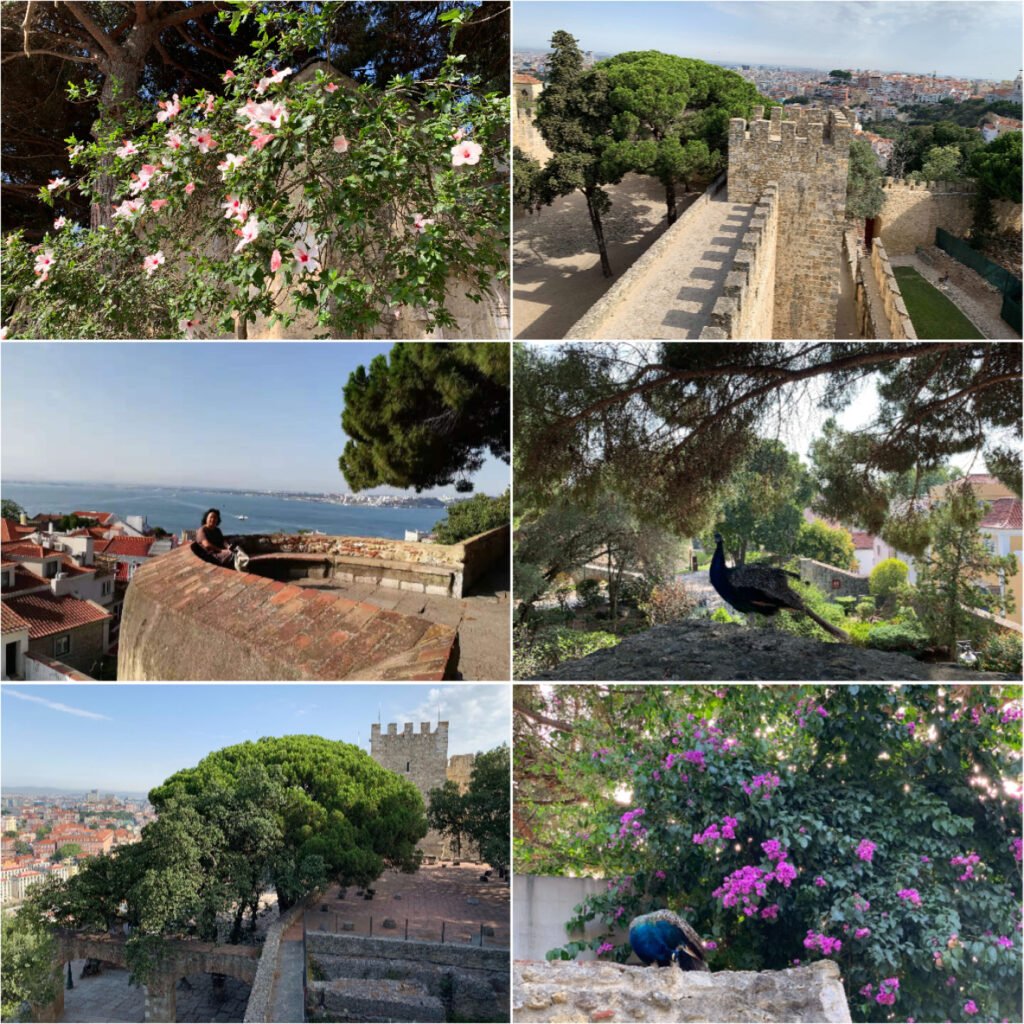


Not far from the castle is Lisbon’s Sé Cathedral, the main cathedral of the Roman Catholic Archdiocese of Lisbon. Located in the oldest district, Alfama, it was once the most vibrant area during Moorish rule.
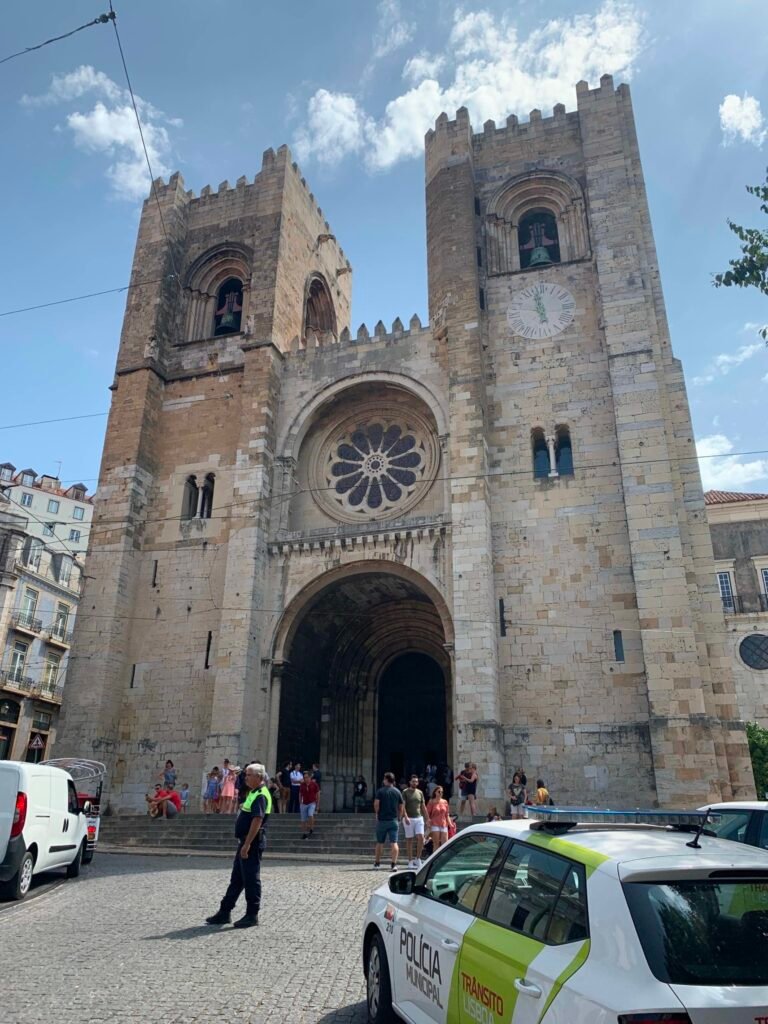
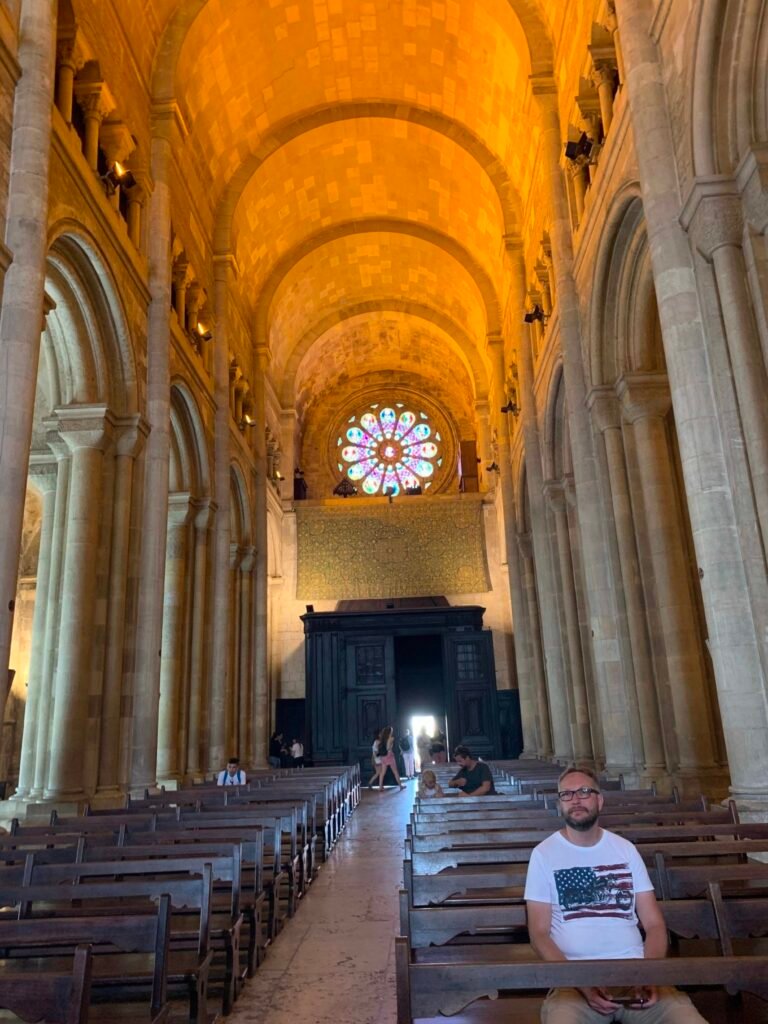
The Jerónimos Monastery
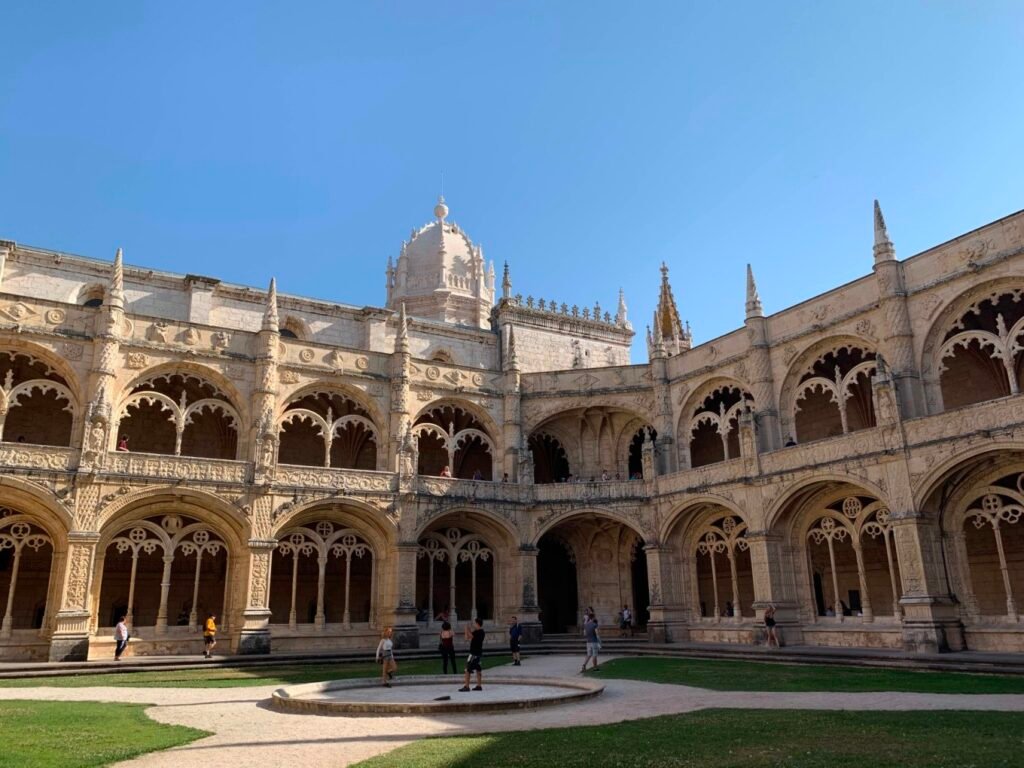
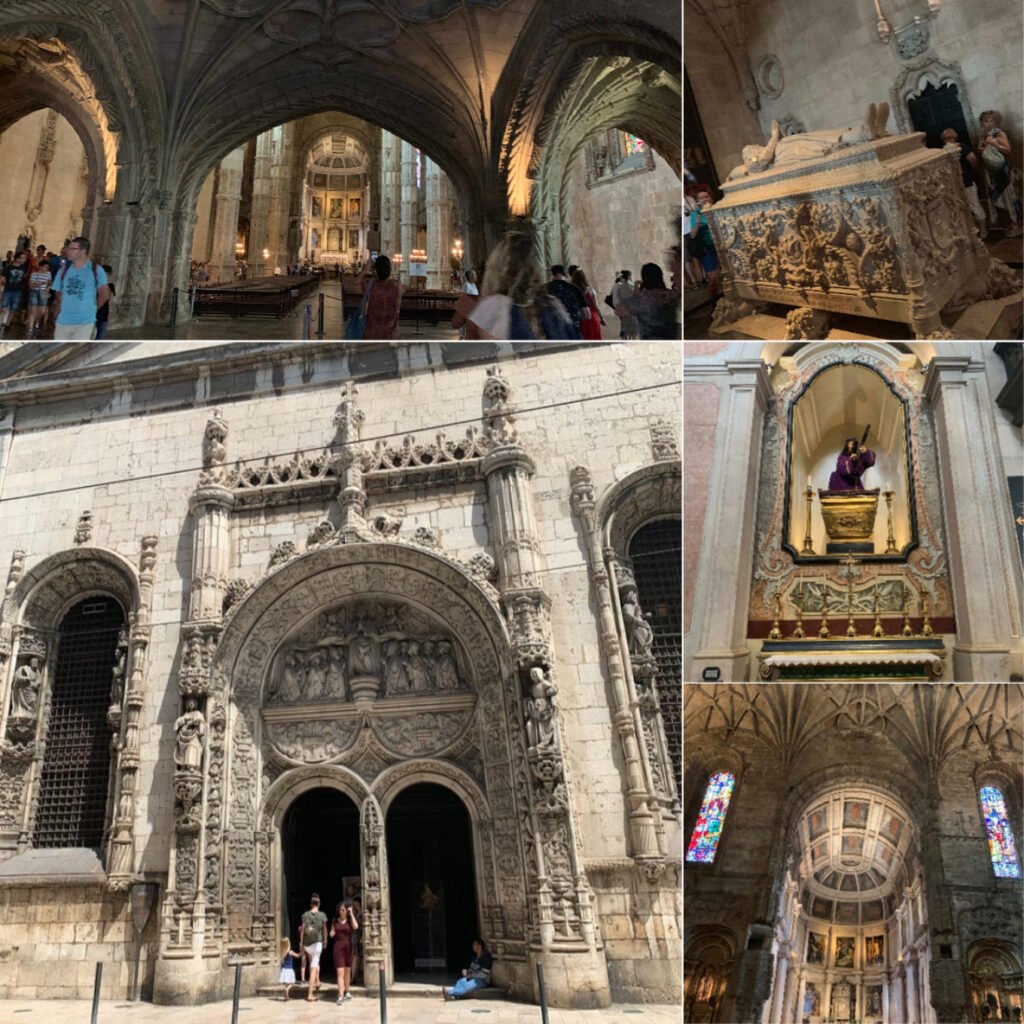
The Pena Palace (Palácio da Pena) is considered one of the most beautiful castles in the world. It was the summer residence of the Portuguese royal family and looks like a fairy-tale castle with its dazzling, unique, and eclectic appearance. The palace is a mix of various architectural styles, including Gothic, Renaissance, Moorish, and Manueline. It was the brainchild of Ferdinand II, husband of Queen Maria II of Portugal. Construction began in 1840 and was completed in 1885, the year Ferdinand passed away. Other nobles in the area built their own residences in a similar style, making Sintra a center for Romantic architecture in Europe. Its park and garden styles have greatly influenced later landscape design. Due to its significant cultural value, Pena Palace was declared a UNESCO World Heritage Site in 1995.
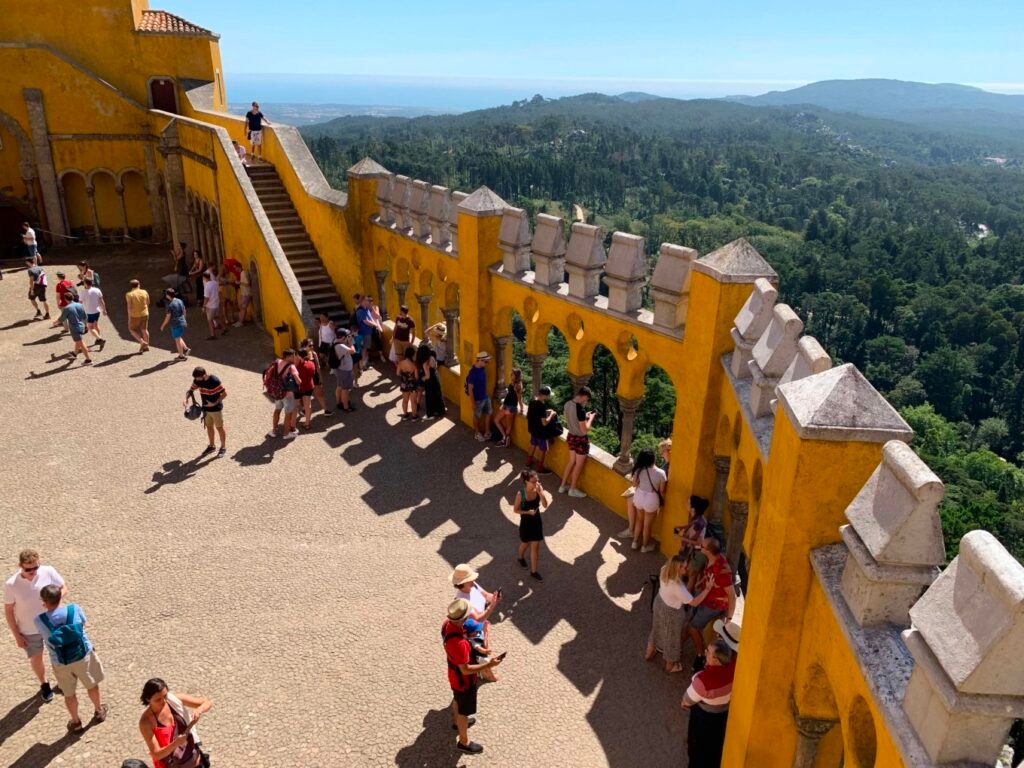
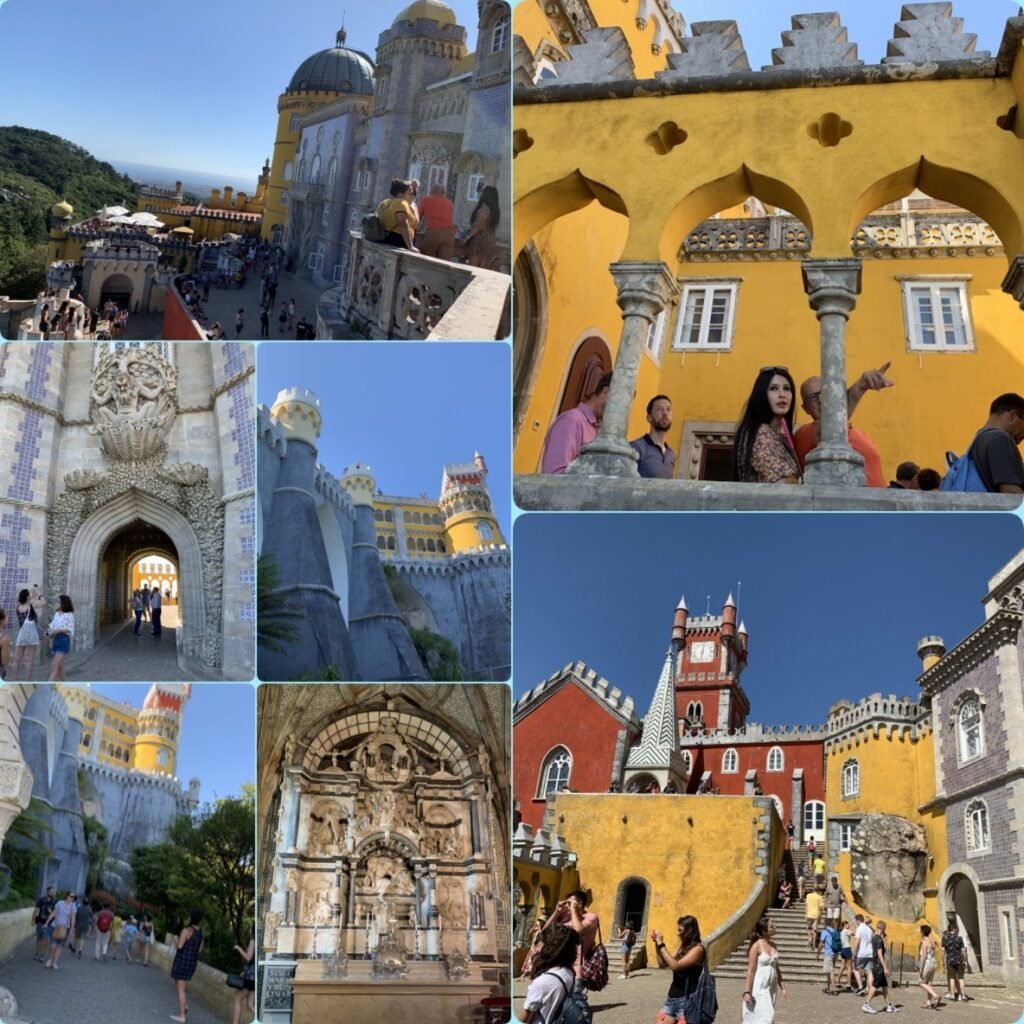
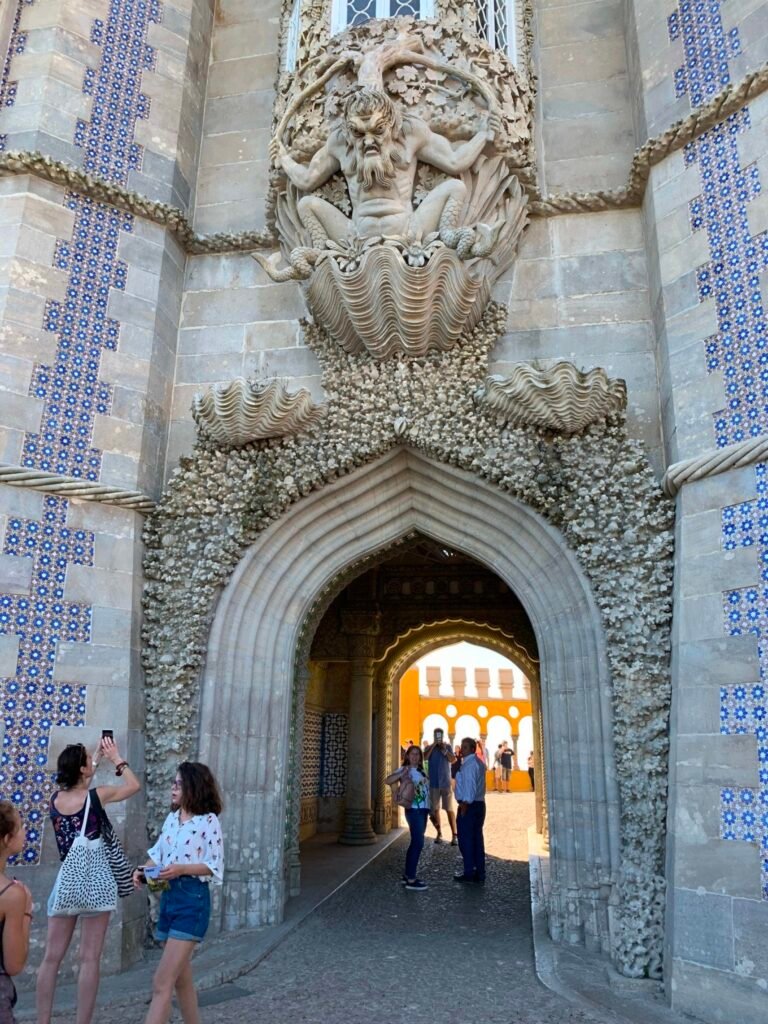

Cape Roca (Portuguese: Cabo da Roca) is a cape in Portugal that faces the Atlantic Ocean. It’s a narrow cliff about 140 meters high, marking the western tip of the Sintra mountains. Located at 38°47′N latitude and 9°30′W longitude, it’s about 40 kilometers from Lisbon and is the westernmost point of mainland Portugal and the entire Eurasian continent. A lighthouse and a cross facing the ocean are set up on the cliffs. Cape Roca has been listed by internet users as one of the “50 places to visit before you die.” The famous inscription on a monument reads: “Where the land ends and the sea begins” (Onde a terra acaba e o mar começa).
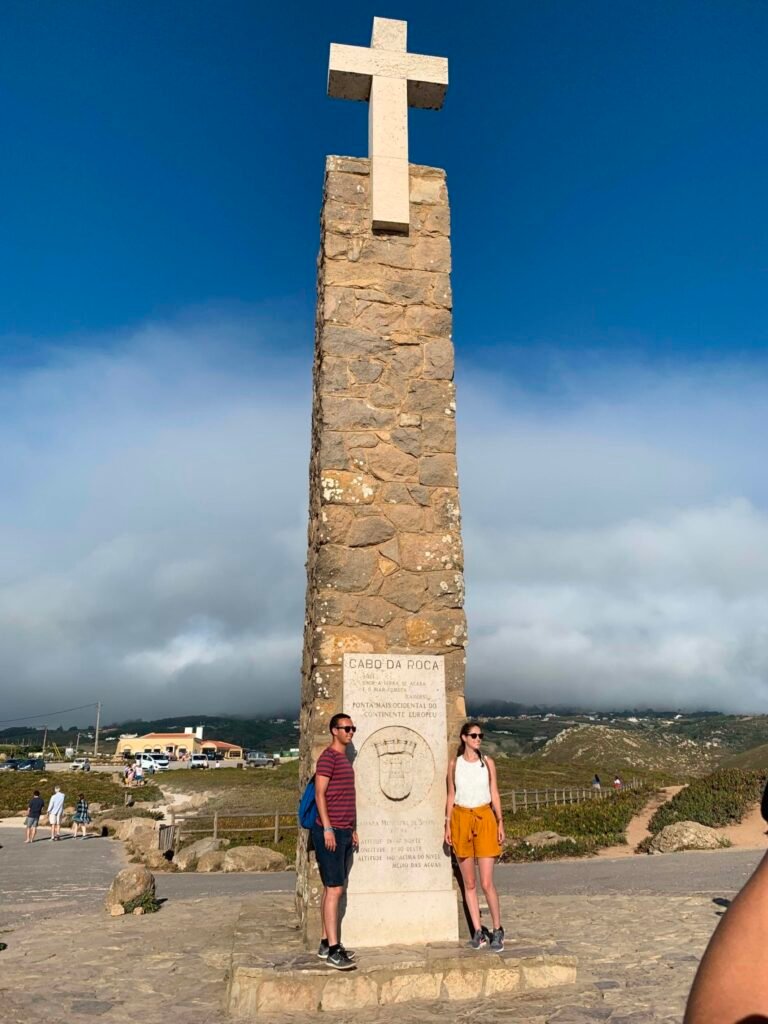
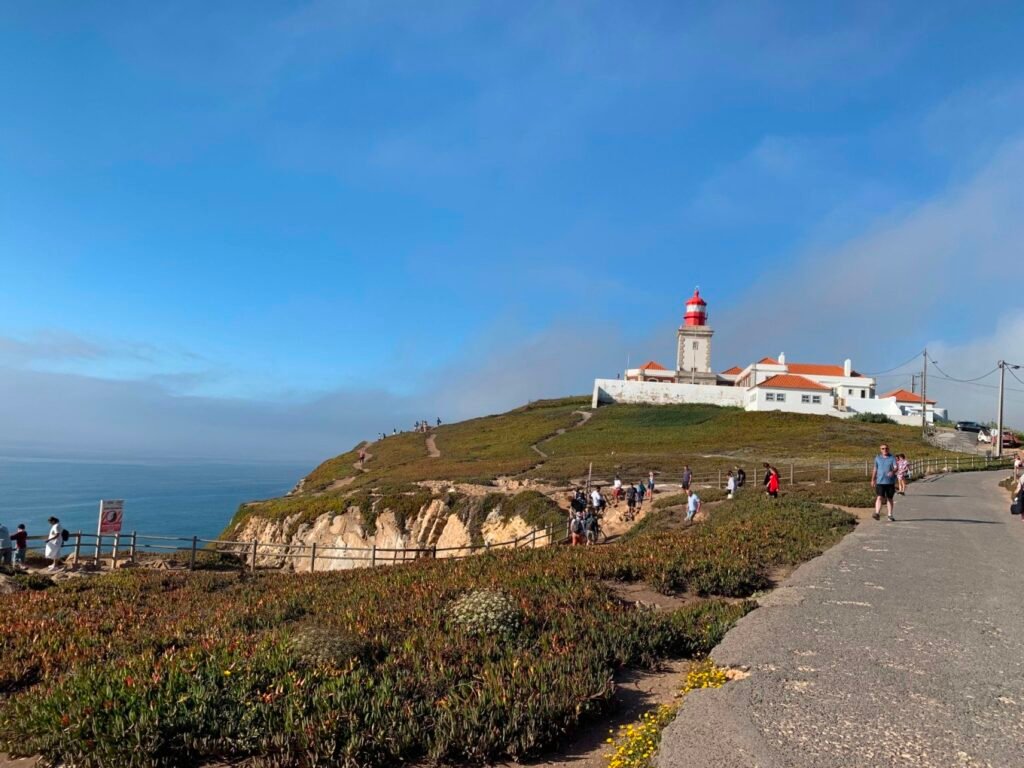
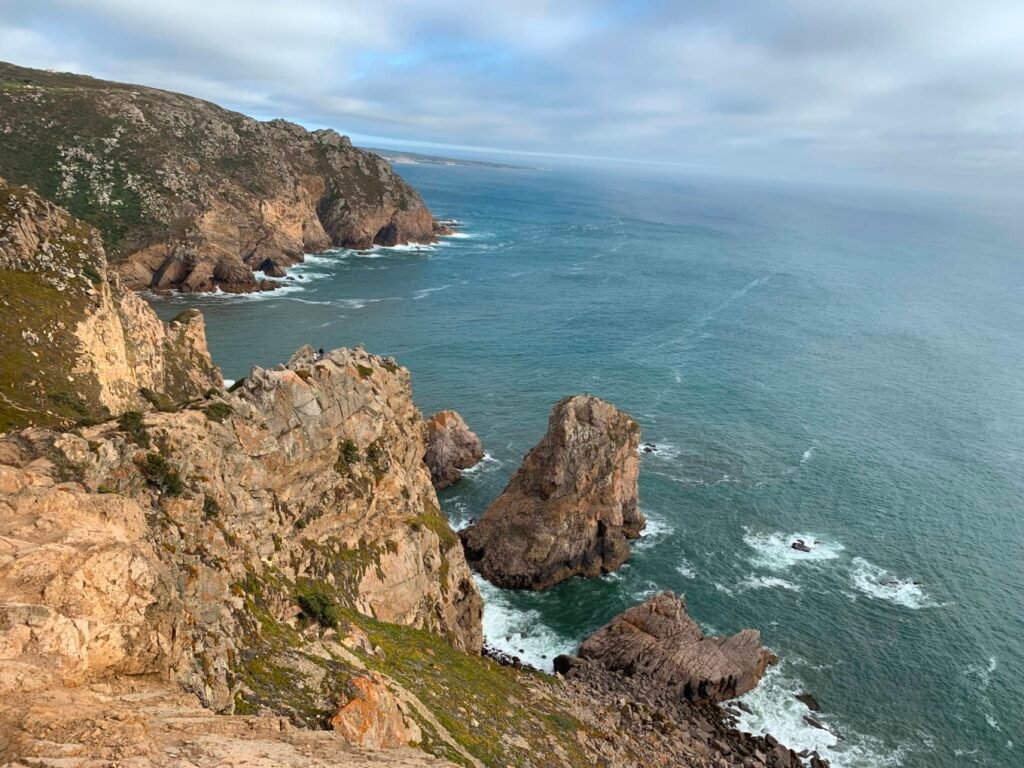
Óbidos, Nazaré, Batalha
Óbidos: Ranked among the top ten most romantic wedding destinations in the world, Óbidos is known for its charming yellow, blue, and white walls, orange rooftops, and flower-filled shops. You can snap a postcard-worthy photo from any street corner or staircase. Besides the stunning views, the local food is also a hit, especially the cherry liqueur served in a local chocolate cup, which costs just €1 a cup. The town is also famous for its flame-grilled sausages.

Nazaré: Nazaré is a town along Portugal’s Atlantic coast, located in the central part of the country. The long crescent-shaped beach features pristine white sand contrasting beautifully with the deep blue sea, while rows of neatly arranged sunshades add charm to the picturesque shoreline.
World-renowned surfer Garrett McNamara set a world record here, riding a 30-meter wave. Watching the sunset on this beach offers a serene experience that makes one forget all worries.
Off the coast of Nazaré lies Europe’s largest and deepest underwater canyon: the Nazaré Canyon. The canyon’s unique underwater terrain creates powerful backwash waves that, when combined with ocean currents, produce massive waves at Praia do Norte, the northern beach of Nazaré. Surfers from around the world flock to this epic stage, eager to challenge the giant waves.
Nazaré’s reputation as home to the world’s largest surfable waves is due to the region’s distinctive underwater and coastal geography. The Nazaré Canyon, which reaches depths of 1,000 feet, runs from the Atlantic to the cliffs of Nazaré. It is over 3 miles wide at its broadest point but narrows as it approaches the shore, forming a funnel that acts as one of the world’s most powerful natural wave generators.

Batalha Monastery: Built to commemorate the Portuguese Kingdom’s victory in the Battle of Aljubarrota in 1385. Over its two-century history, Batalha Monastery has maintained a dominant position in Portuguese architectural art. Its design is heavily influenced by Manueline art, blending original and Gothic styles to create a unique example of a royal monastery.

Fátima Sanctuary: The site where the Virgin Mary is said to have appeared. The “three secrets of Fátima” refer to the three prophecies given by the Virgin Mary to three Portuguese shepherd children: Lucia Santos, and her cousins Jacinta Marto and Francisco Marto. They claimed to have witnessed the apparition of the Virgin Mary between May and October 1917. Today, it’s known as the Sanctuary of Our Lady of Fátima. Pilgrims flock here, lighting candles and participating in the swirling candlelight ceremonies.

Coimbra and Porto
Coimbra University is the oldest university in Portugal and one of the oldest in the world. Founded in 1290, it’s one of the historical higher education institutions on the Iberian Peninsula. The university is located in the ancient city of Coimbra, which was the capital of Portugal from 1139 to 1260, north of the capital Lisbon. Coimbra University has eight faculties, covering a wide range of academic fields including arts, engineering, humanities, mathematics, natural sciences, social sciences, sports, and technology. It offers degrees at three levels: bachelor’s, master’s, and doctoral. Coimbra University is also the founding site and one of the founders of the Coimbra Group.

Porto is a port city in northern Portugal facing the Atlantic Ocean. It’s Portugal’s second-largest city, and both the country’s name and the famous port wine come from this city. The old town and the surrounding wine-producing region are recognized as a World Heritage Site. The image above is of the Church of São Francisco.

The Clerigos Tower is a landmark in Porto’s city center, standing 76 meters tall with six levels.

São Bento Station, which opened in 1916, is located in the center of Porto at Praça Almeida Garrett. The station is famous for its 20,000 tile panels depicting Portuguese history. Its name comes from the 16th-century Benedictine monastery that once stood on the site, which fell into disuse by the late 19th century. King Carlos I laid the station’s cornerstone in 1900. Designed by local architect José Marques da Silva, the station reflects influences from the French Beaux-Arts style.

Porto Cathedral, also known as the Sé do Porto, is situated on a hilltop at Terreiro da Sé. Originally built in the 12th century, it features a mix of architectural styles. The rose window on the facade and the cloister on the right side of the altar are Gothic, while the main entrance and the altar itself are in the elaborate Baroque style.
Finally, gotta mention the food: Portuguese cuisine is unforgettable. The steakhouse near Commerce Square in Lisbon (RIB Beef & Wine Lisboa) that a local friend recommended was so good I went back three times and still couldn’t get enough. The various preparations of codfish, steaks, and delicious custard tarts were amazing.
Overall, Portugal is a must-visit in Europe. Most attractions are free, and the ones that charge are worth every penny. Every place has its own unique charm—Porto’s blue azulejos, the colorful Pena Palace, the mysterious wells of Quinta da Regaleira, and Óbidos’s yellow, blue, and white are all incredibly memorable.


